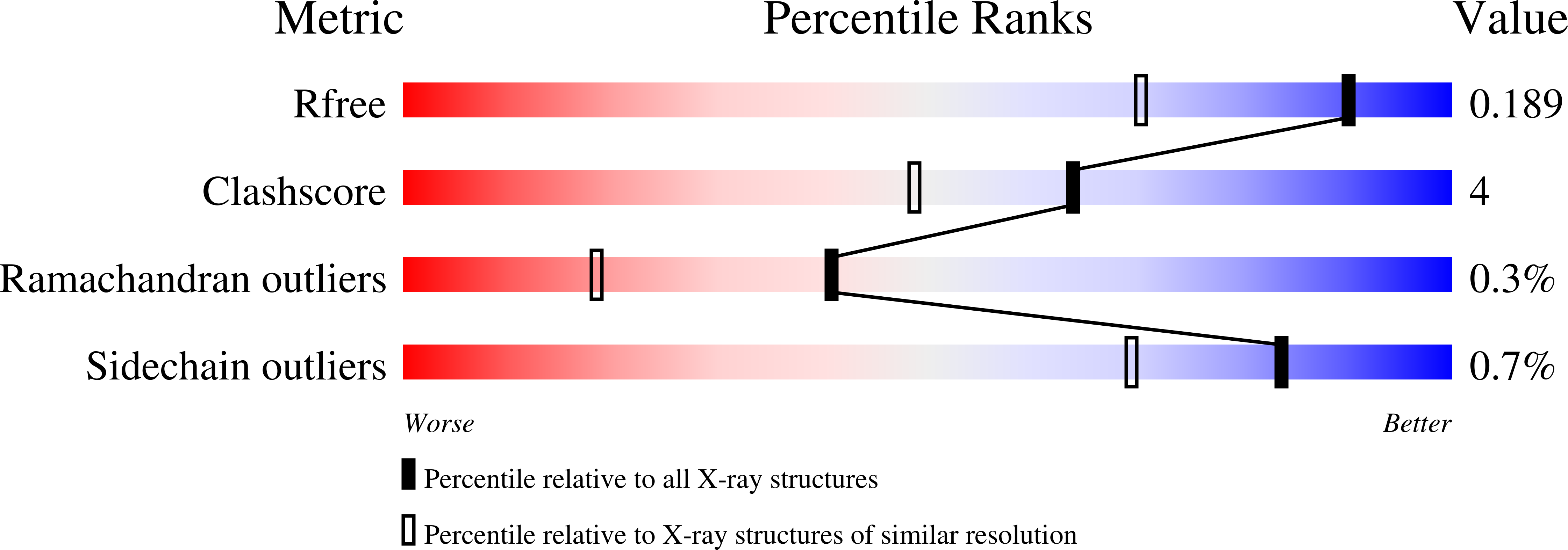
Deposition Date
2023-09-01
Release Date
2023-12-06
Last Version Date
2024-01-17
Entry Detail
PDB ID:
8QEU
Keywords:
Title:
Crystal structure of ornithine transcarbamylase from Arabidopsis thaliana (AtOTC) in complex with ornithine
Biological Source:
Source Organism:
Arabidopsis thaliana (Taxon ID: 3702)
Host Organism:
Method Details:
Experimental Method:
Resolution:
1.50 Å
R-Value Free:
0.15
R-Value Work:
0.11
R-Value Observed:
0.11
Space Group:
C 2 2 21


